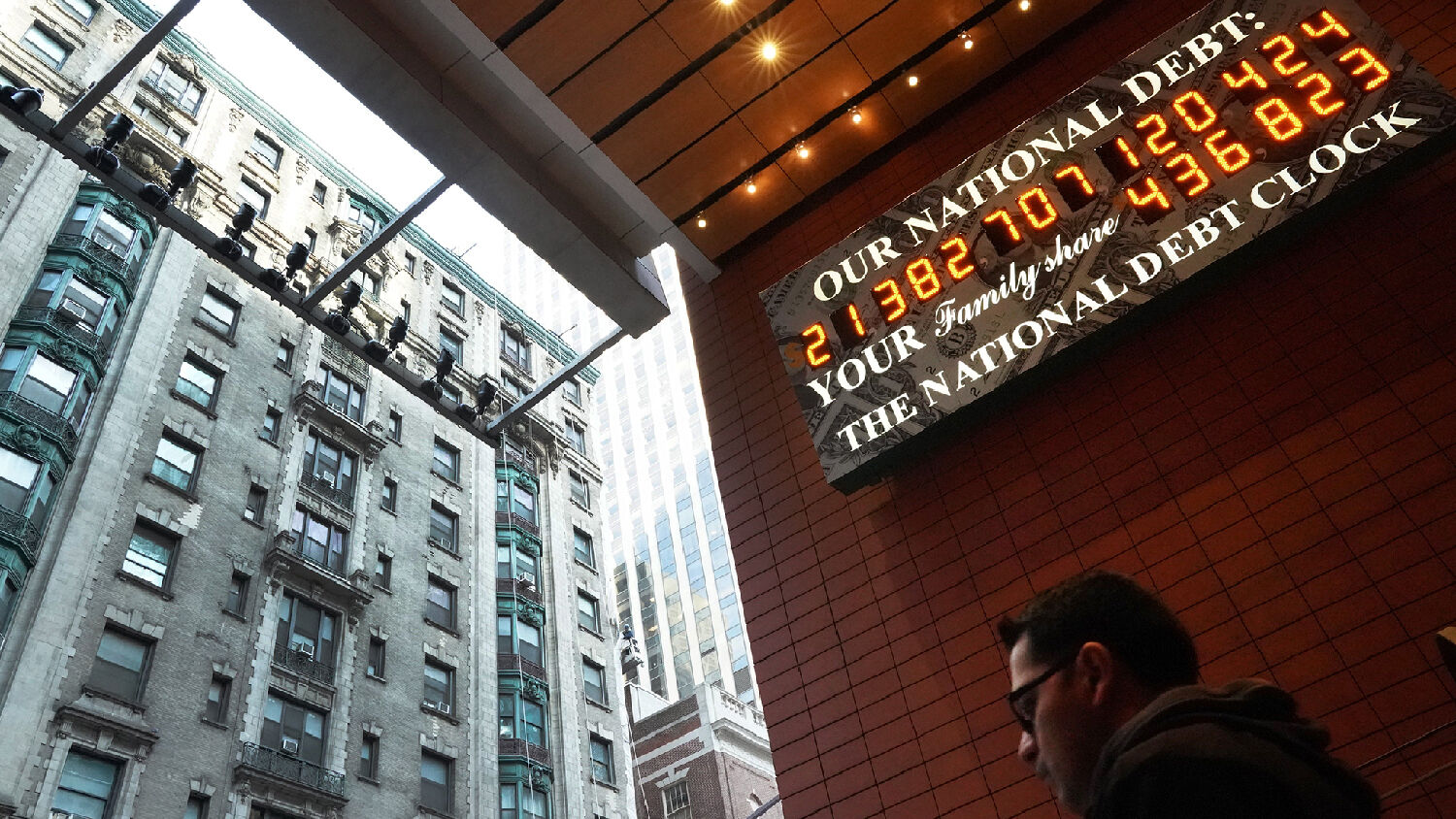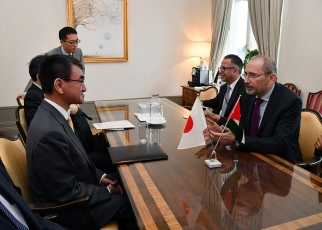
Near the end of the crisis, Kennedy put the odds that it would result in nuclear war at “‘between one in three and even,’” Allison said, adding that “nothing historians have discovered since has done anything to lengthen those odds.” By contrast, Allison estimates the probability that the Ukraine crisis will devolve into nuclear war between Russia and the United States as “less than one in 100-and in my best estimate, closer to one in 1,000.” Despite “Putin’s nuclear saber-rattling,” Allison judged it “extremely hard” to “sketch a scenario from the current tragedy to Russian nukes exploding on American soil.” What he didn’t know at the time: The 40,000 Soviet forces deployed to the island possessed more than 100 tactical nuclear weapons, relatively low-yield, short-range arms that can be used on a battlefield. Kennedy had approved strikes against the Soviet missiles and then an invasion of Cuba. In the event that Khrushchev rebuffed his ultimatum, President John F. pullout of similar missiles from Turkey, Soviet Premier Nikita Khrushchev rejects the offer. government’s proposed deal for the Soviets to swiftly remove their nuclear missiles from Cuba in tacit return for a U.S. To illustrate his point, Allison asked me to imagine some alternative history: It’s the last Saturday of the Cuban missile crisis, with tensions thick after an American spy plane was shot down. and Russian forces that could escalate to World War III.” The Harvard political scientist Graham Allison, who co-wrote a book, Essence of Decision, on the Cuban missile crisis, also drew a distinction between the brinkmanship 60 years ago and President Joe Biden’s determination to keep his confrontation with Putin from sliding “into hot war between U.S. or West,” Mary Elise Sarotte, a professor at the Johns Hopkins School of Advanced International Studies, told me. discovery of Soviet efforts to deploy nuclear-capable ballistic missiles to Cuba, today Russia has not taken a comparable step to directly threaten vital American interests, such as relocating “nuclear missiles closer to the U.S. Whereas the 1962 incident was sparked by the U.S.

But they also stressed that escalation stemming from mistakes or miscalculation, which was the most salient source of danger during the Cuban missile crisis, poses a significant risk now as well.Īnd several cited troubling reasons-including how prolonged the current crisis is likely to be, and modern-day Russia’s weakness compared with the Soviet Union in every domain but nuclear-weapons power-for why the eruption of hostilities in Ukraine may have ushered the world into uncharted territory, limiting the utility of historical analogies and rendering the present moment potentially more precarious.Ĭ ertain dynamics that made the Cuban missile crisis so treacherous are, at this point, absent in the conflict over Ukraine. Most noted the reassuring ways in which the Biden administration is aiming to avoid an escalatory confrontation with Russia. The scholars emphasized how close the Soviet Union and United States came to nuclear war during the Cuban missile crisis, as a result of several factors that so far aren’t at play today. Of the six historians I consulted, four said the present moment was less dangerous than the Cold War’s most hazardous moments one said it was equally dangerous, just in different ways and one said it was more dangerous. On balance, they gave me some reason to temper my alarm about the war on Ukraine spiraling into a broader conflagration between nuclear-armed powers. That was the consensus of several Cold War historians I corresponded with.

The lesson: For the wider world, in terms of the chances of direct conventional or even nuclear war pitting Russia against the United States and its NATO allies, this is not the most precarious moment since the lowest points of the Cold War-at least not yet. But to better understand the nature of the peril we face, it helps to dig deeper into history.

We are undoubtedly living through dangerous times, and the risk to Ukrainians is obviously grave. Discussion of the conflict is rife with comparisons to the Cold War’s darkest days. That’s the nightmare scenario haunting many people as Russia’s horrific war on Ukraine metastasizes, moving toward NATO’s borders, stoking further Western involvement, sucking in other powers, and spurring nuclear threats from President Vladimir Putin. W orld War III, this time with multiple nuclear-armed states.


 0 kommentar(er)
0 kommentar(er)
